Australia is a sanctuary for some of the most venomous and dangerous snakes on the planet, boasting many perilous serpents. Ten of Australia’s 25 species of land-based snakes are listed as either “potentially deadly” or “extremely venomous”.
From death adders to king browns, these reptiles can cause serious harm if not respected and handled with extreme caution. This article will explore Australia’s ten most venomous snakes, their habitats, diet and other interesting facts about them. So let’s get started!
The 10 Most Venomous Snakes In Australia
1. Inland Taipan
The Inland Taipan (Oxyuranus microlepidotus) is a species boasting venom that is up to 10 times more powerful than an Eastern Brown Snake, and this snake stands as one of the most dangerous species on land in the world. Its venom contains a deadly mix of toxins that can cause paralysis, renal failure, and death within minutes.
The Inland Taipan can grow up to 2 meters long and is found mainly in arid and semi-arid regions across central Australia. The average lifespan of an Inland Taipan is between 6-17 years; depending on the abundance of resources in a given habitat, food availability can vary. The exact age at which an Inland Taipan reaches its full adult size is still unknown, but it generally takes three to four years for this species to reach this stage.
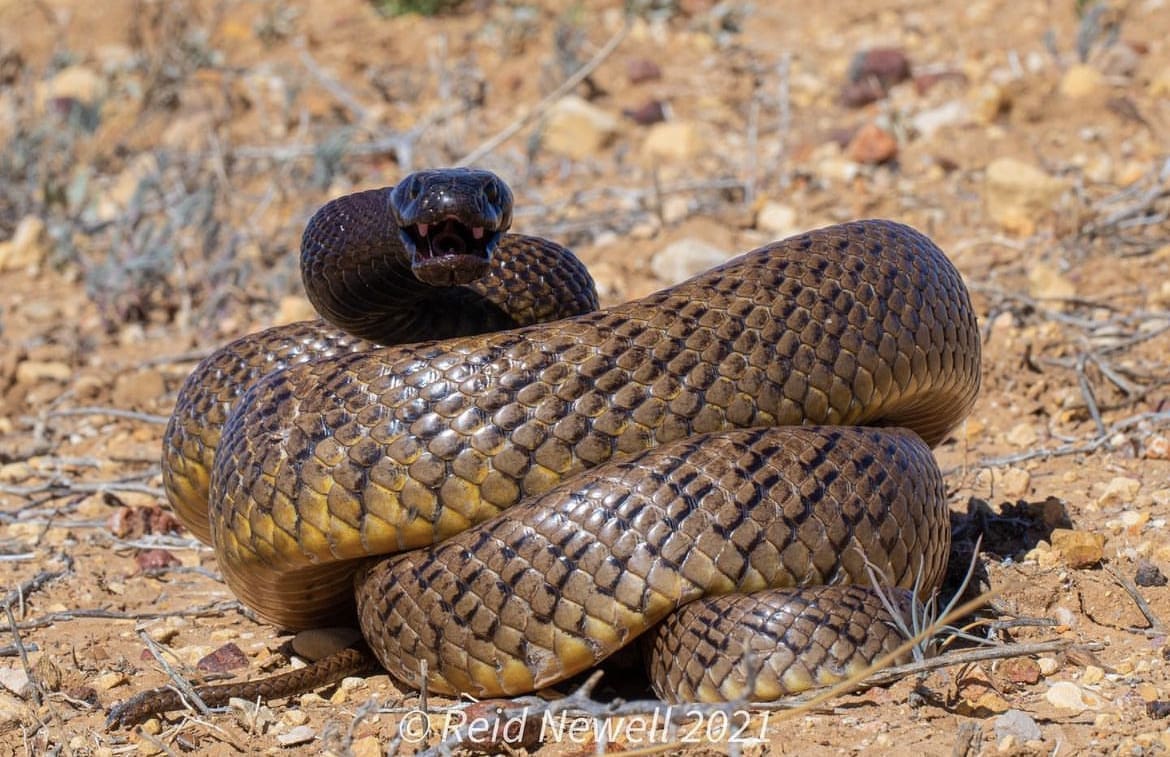
Inland Taipans can be identified in their natural habitats by their small size (up to 2 m in length), pale yellow-brown colouration and distinct diamond pattern along their back. They also have distinctive dark heads and narrow necks.
The best way to identify an Inland Taipan is its unique black tail tipped with a white tip. Not all Inland Taipans have this white tip, so it can be challenging to identify them in the wild without careful observation.
2. Coastal Taipan
The Coastal Taipan (Oxyuranus scutellatus) is another highly venomous snake in Australia. It can grow up to 3 meters long and is usually found along the eastern seaboard, particularly in Queensland, New South Wales and Victoria.
This species is easily identified by its vivid orange-yellow colouration and dark spots running down its back. The Coastal Taipan can also be distinguished from other species by its large head and distinct yellow eyes. The average lifespan of a Coastal Taipan is between 4-10 years, depending on the availability of food and local habitat conditions.
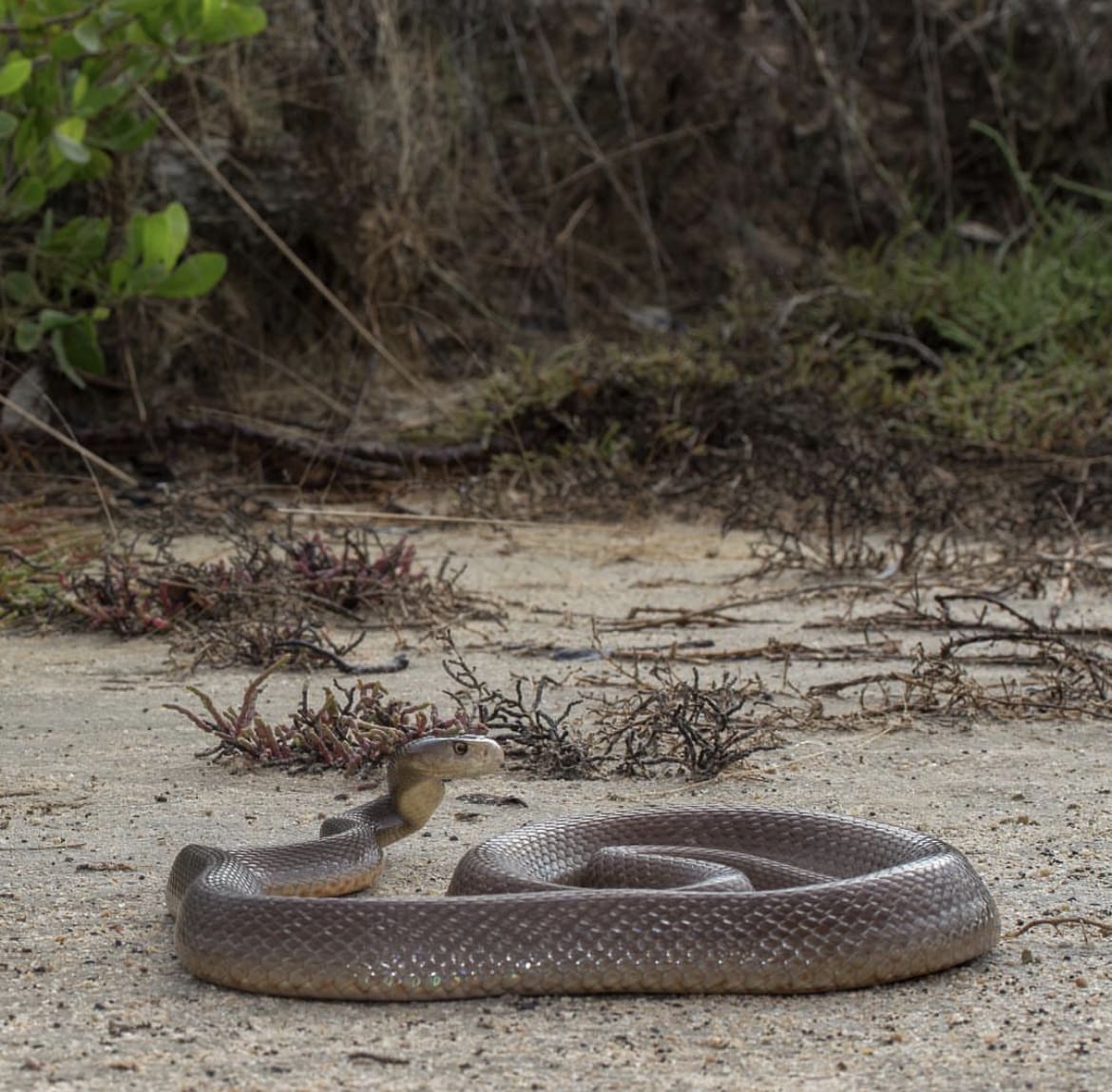
The Coastal Taipan has been observed to be more aggressive than the Inland Taipan and will usually attack without warning if it feels threatened. It is important to remember that although they are considered one of the most venomous snakes in Australia, their bites are still relatively rare due to their shy and reclusive nature.
3. Tiger Snake
Tiger snakes (Notechis scutatus) are one of the most venomous snakes found in Australia. They can grow up to 3 meters long and are usually yellow-orange with dark spots running down their backs. They have big heads and bright yellow eyes.
They are usually found in coastal regions, particularly along the southern and eastern coastlines and some parts of central Australia. The average lifespan of a Tiger Snake is between 5-10 years, depending on the surrounding habitat and access to sustenance. Tiger snakes will attack if they feel threatened, but it is not common for them to bite people because they like to stay away from people.


Tiger Snakes will also bask in the sun to regulate their body temperature and are primarily active during the warmer months of the year, although they may still be seen at cooler times. Tiger snakes are also known for their ability to swim and remain submerged underwater for up to 20 minutes. They have even been known to cross rivers or large bodies of water to find food or shelter.
Tiger Snakes are venomous, and their bite is capable of causing severe injury or even death if not treated quickly. It is crucial for people to be aware of the potential danger that Tiger Snakes can pose and to keep a safe distance if ever encountered in the wild.
4. Eastern Brown
The Eastern Brown Snake (Pseudonaja textiles) can grow up to 2 meters long and is usually seen as a dark brown or gray with lighter yellow-brown bands across its back. Its head is generally quite large, with bright yellow eyes and a narrow neck.
The Eastern Brown Snake is one of Australia’s most common and dangerous species. It is found throughout much of eastern and central Australia, including Tasmania. Its toxin is believed to be a whopping ten times more potent than that found in an Inland Taipan – a truly menacing combination! With an average lifespan of five to fifteen years, this dangerous reptile can cause severe harm if encountered.

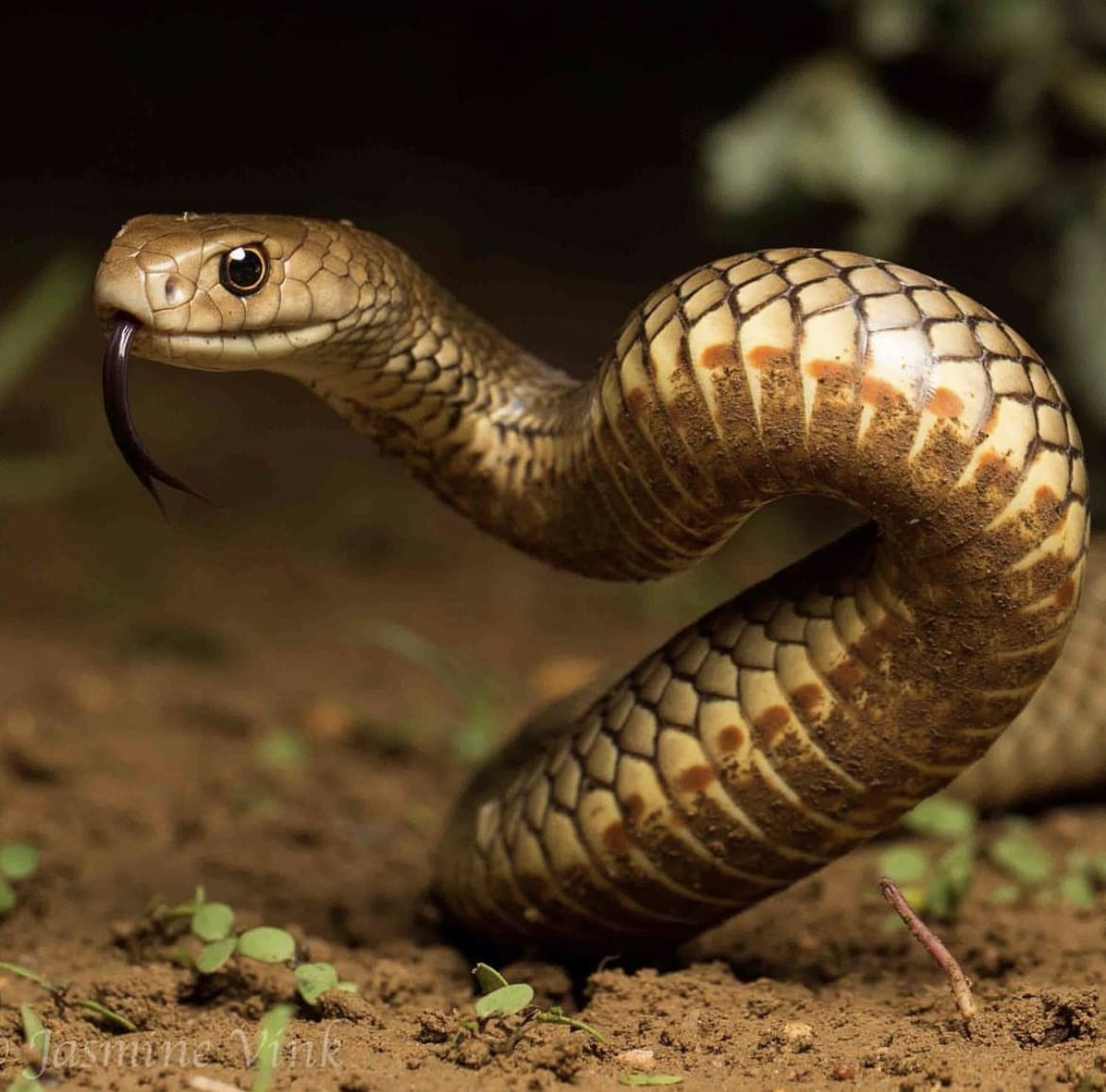
The Eastern Brown Snake is a carnivorous species, mainly feeding on small mammals, reptiles, and birds. They are highly opportunistic predators and will take advantage of any food source. This includes frogs, lizards, insects, carrion, and even small mammals such as mice or rats. They will also occasionally ambush their prey.
5. Red-bellied Black Snake
Native to a large portion of eastern Australia, from central Queensland down through Victoria, the Red-bellied Black Snake (Pseudechis porphyriacus) is one species that proves just how diverse our native wildlife can be. The species can also be found in the northern parts of South Australia and southwestern New South Wales. They inhabit various habitats, including woodlands, grasslands, wetlands, and even suburban areas.
This species is easily identified by its distinctive black colouration and red belly. The average size of a Red-bellied Black Snake can range from 1-2 meters, with some specimens reaching up to 3 meters in length. They have smooth scales, small eyes, and a large triangular head.

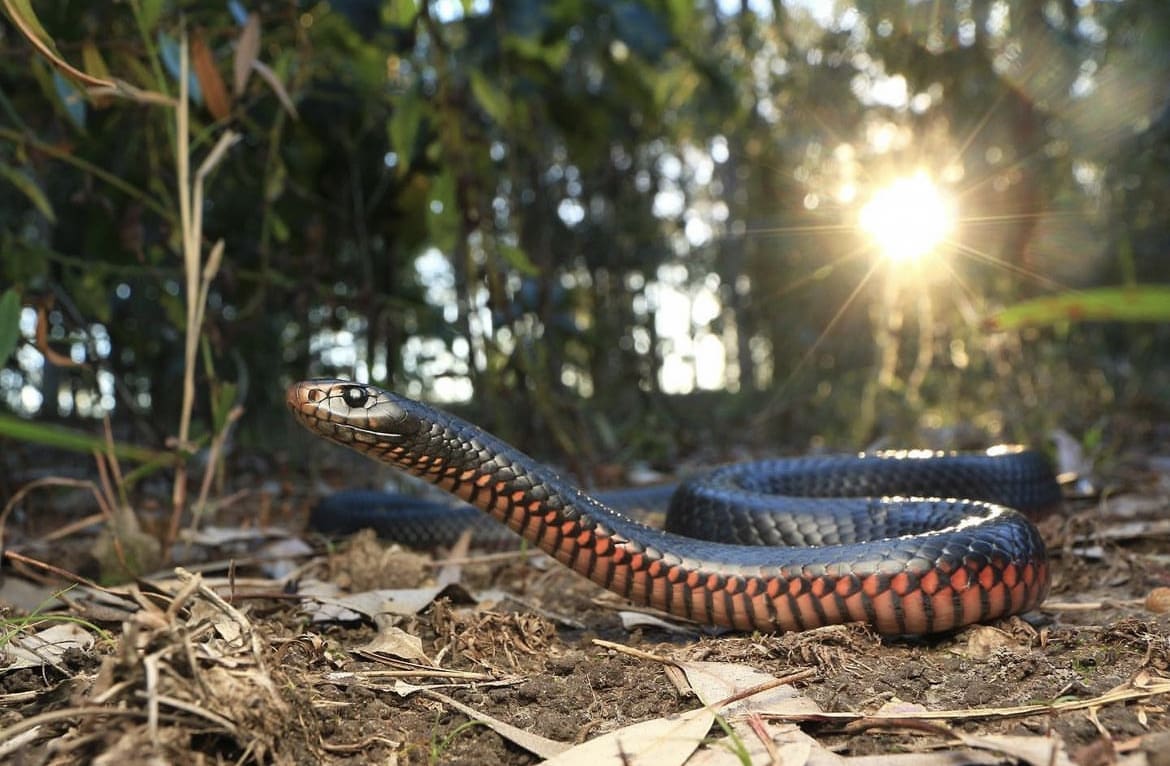
The average lifespan of a Red-bellied Black Snake is between 8-10 years, depending on the food sources accessible and present in an area. They are usually active during the day and prefer to hunt small mammals, birds, frogs, and other reptiles. Although they can be aggressive when provoked, their bites are rare due to their shy and reclusive nature.
Overall, the Red-bellied Black Snake is essential to Australia’s native wildlife and should be respected. Everyone must familiarize themselves with the species to stay safe and help protect these beautiful creatures from harm.
6. Death Adder
The Death Adder (Acanthophis antarcticus) is a species of highly venomous snake that can be found in Australia. From Queensland to Victoria, these creatures can be found along the vast eastern coastlines of Australia.
This species is easily identified by its distinctive brownish-black colouration and yellow or cream-coloured underbelly. The average lifespan of a Death Adder is between 8-10 years, depending on the surrounding conditions and sustenance available.
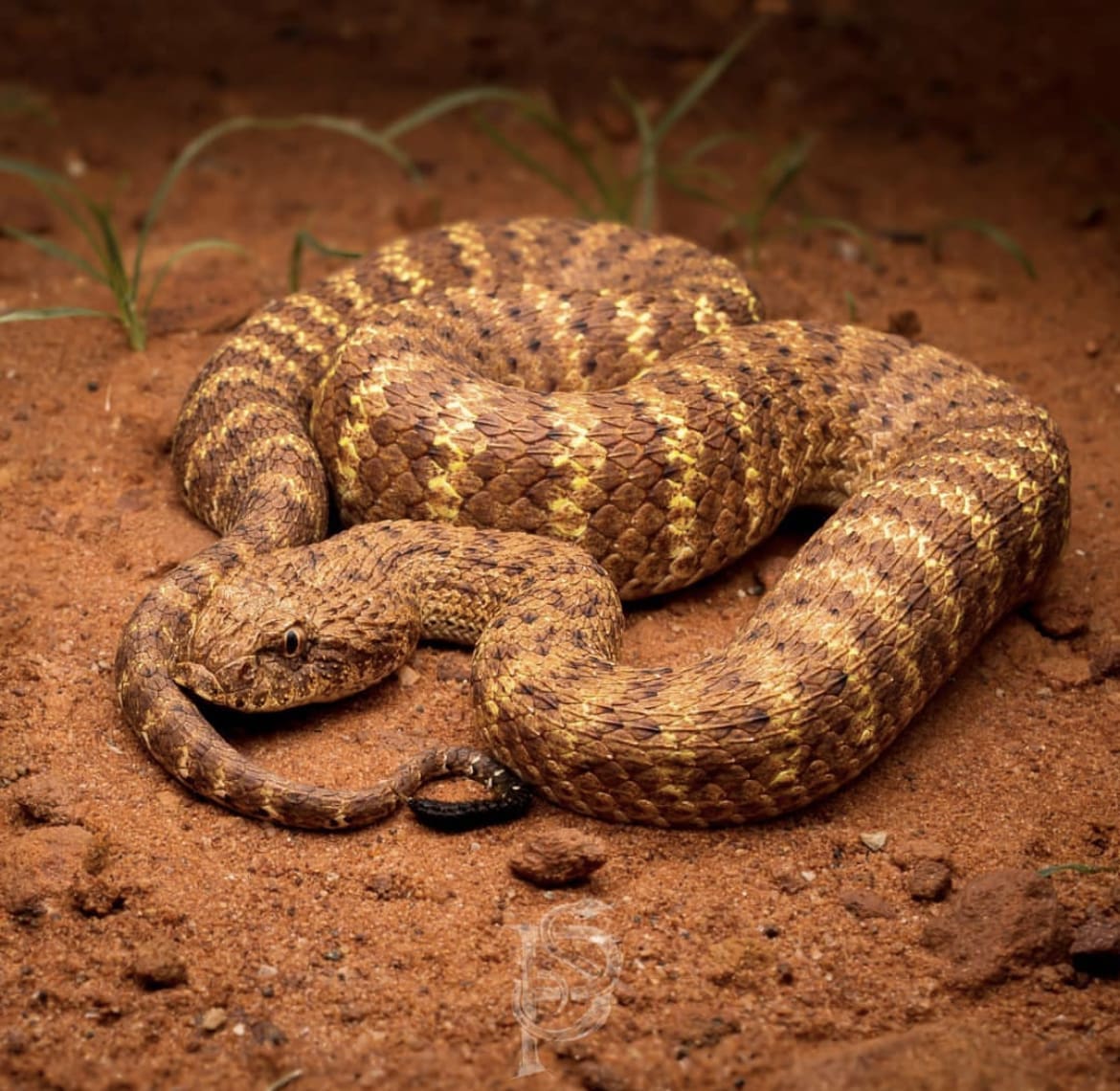

It is important to note that although Death Adders are considered one of the most venomous snakes in Australia, their bites are still relatively rare due to their shy and reclusive nature. If you encounter one in the wild, it is best to leave it alone and keep a safe distance.
Finally, it is essential to be aware of the potential dangers posed by this species and take appropriate safety measures if you encounter one in the wild. Always remember that all venomous snakes should be treated with respect and caution, as even a single bite can have potentially fatal consequences if not treated promptly and appropriately.
7. Mainland Tiger Snake
The Mainland Tiger Snake (Notechis scutatus) is a species of highly venomous snake that can be found in Australia. They are typically found across the mainland of Australia, from Queensland to South Australia.
This species is easily identified by its distinctive black or dark gray coloration and yellow or creamy-white underbelly. The average lifespan of a Mainland Tiger Snake is between 7-10 years, depending on the environment and availability of food.
Appreciate and respect the power of Mainland Tiger Snakes: they are one of Australia’s most venomous snakes. Yet due to their timid behavior, bites from these creatures remain uncommon. If you ever stumble across a tiger snake in its natural habitat, it is best not to disturb them and maintain your distance for safety reasons.
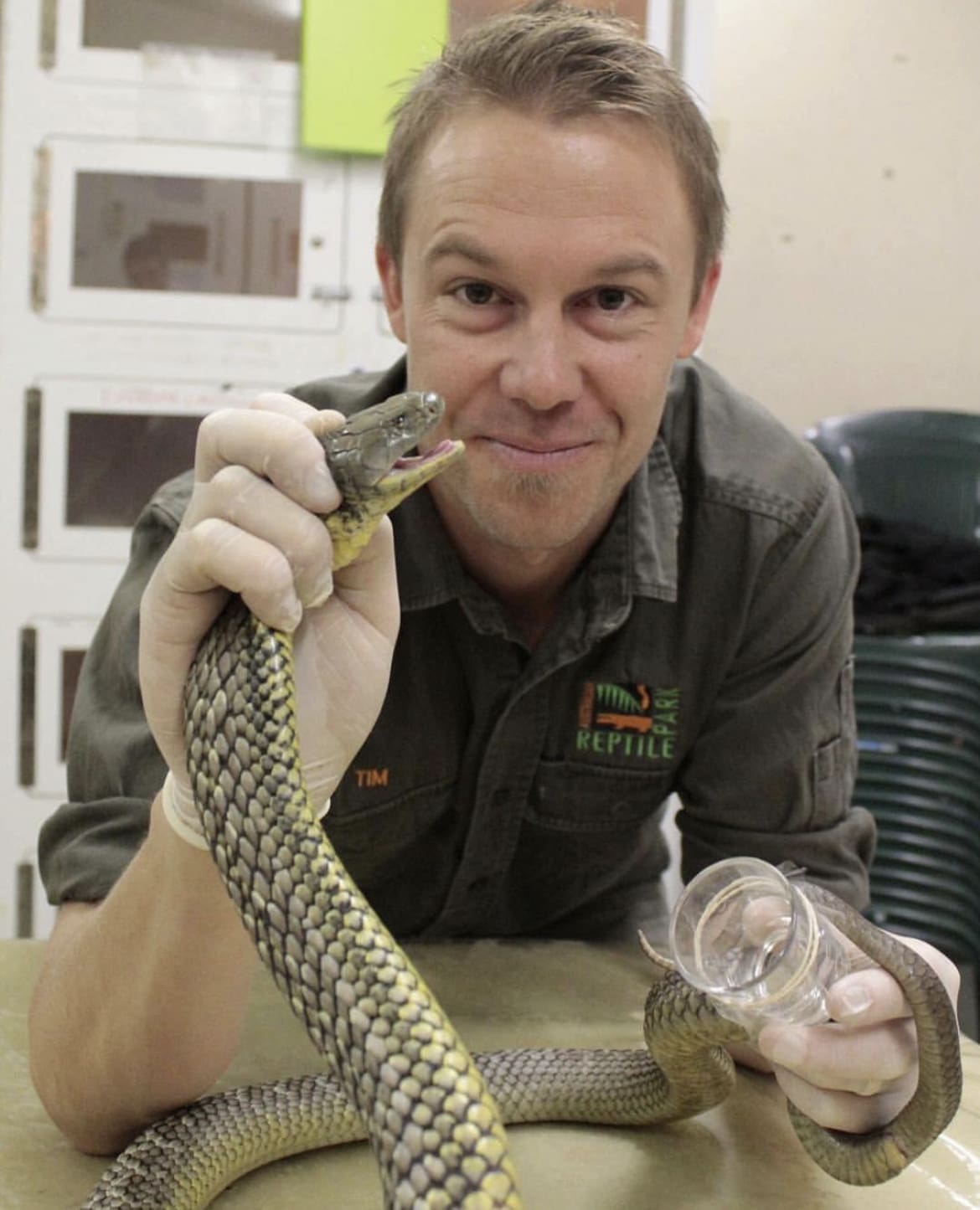
8. King Brown
The King Brown Snake (Pseudechis australis) has a black or dark gray color with a yellow or creamy-white underbelly, with a bite that can be fatal to humans if left untreated. They are typically found in semi-arid and coastal regions across mainland of Australia. The average length of a King Brown Snake can range from 1.5-2 meters, although some have been recorded to be as long as 2.5 meters.
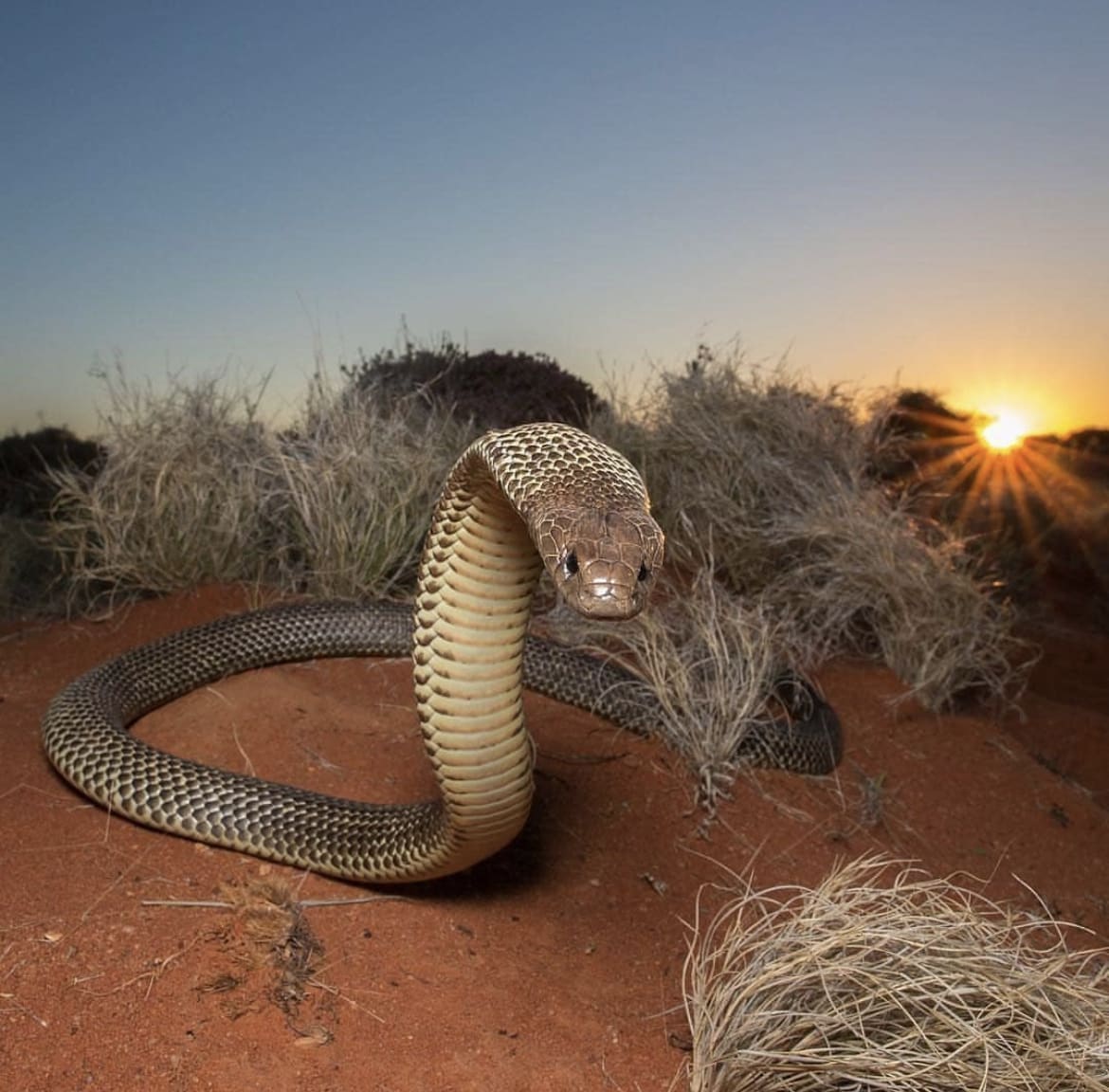
It has a long body and can reach up to 2 meters long. The average lifespan of a King Brown Snake is between 10-15 years, Depending on the environmental conditions and access to nourishment.
These snakes have quite an aggressive nature, and they can become very defensive when provoked. They will often coil up and strike out if they feel threatened.
9. Lowland Copperhead
The Lowland Copperhead Snake (Austrelaps superbus) has a reddish-brown or black colour with a white or yellow tail tip. They also have round pupils and smooth, slightly glossy scales. It is shy and reclusive, so it usually won’t attack unless threatened.
However, its bite can be very dangerous if not treated right away. The average lifespan of a Lowland Copperhead Snake is between 7-10 years, Depending upon the existing conditions and access to sustenance. The Lowland Copperhead Snake is typically found in a broad range, from Queensland to Victoria.
The Lowland Copperhead Snake is a carnivore, which means that its diet mainly consists of small mammals, reptiles, frogs, and other snakes. They will also occasionally consume eggs, carrion, and insects. Lowland Copperhead Snakes hunt at night using their susceptible thermal pits to detect prey up to one meter away.

10. Beaked Sea Snake
The Beaked Sea Snake (Enhydrina schistosa) is highly venomous in tropical and subtropical waters. They can reach up to 2.5 meters in length and have a thin, cylindrical body with a distinctive head shaped like beaks. The beaked sea snake is covered in smooth scales and has black, brown, or yellowish coloration.
The Beaked Sea Snake typically inhabits warm, shallow waters in the Indo-Pacific region. These creatures are adapted to living in marine environments and cannot often survive on land. They can be found in coral reefs, seagrass beds, and other areas of sheltered coastline where they can seek refuge during high tides or storms.
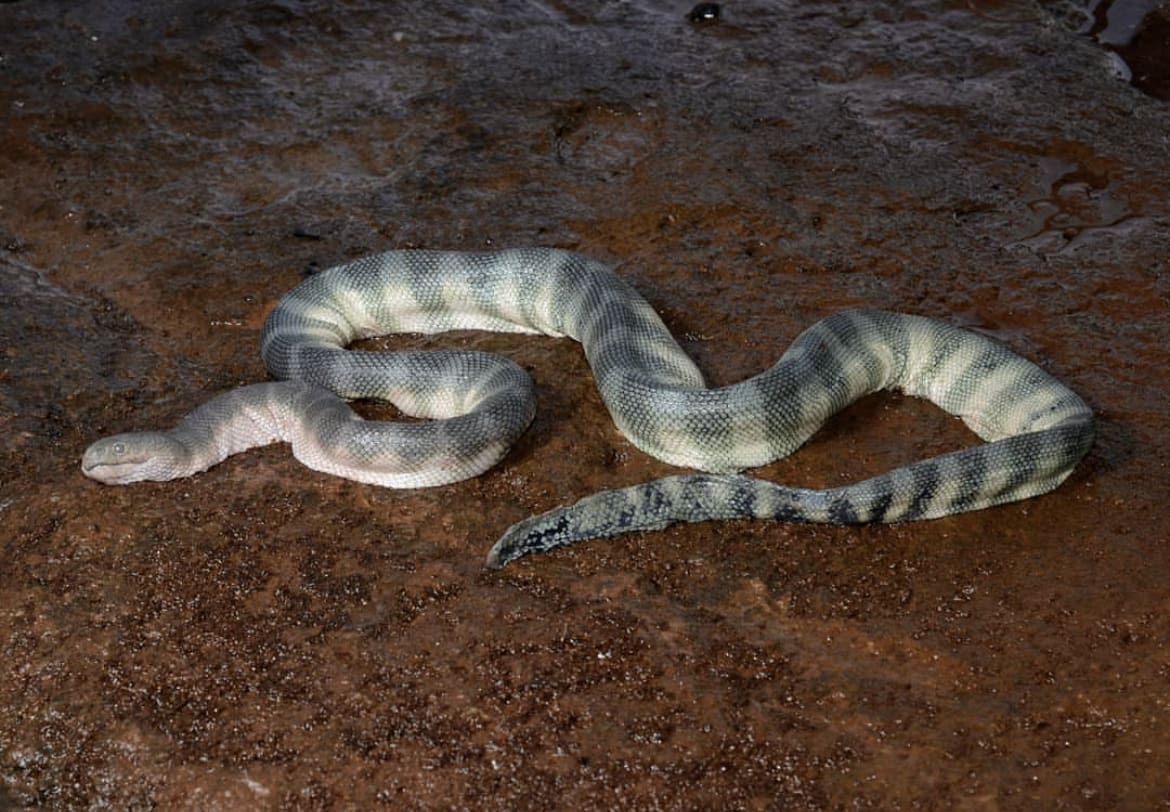
Beaked Sea Snakes are carnivores, feeding mainly on fish and eels. They swallow their prey whole and use their venom to subdue them before consuming them.
As with any dangerous animal, it is best to admire the beaked sea snake from a safe distance and never attempt to touch it or handle it in any way. They are highly venomous and can cause serious injury if their venom comes into contact with the skin. Nevertheless, these fascinating creatures play an essential role in their oceanic habitats, and showing them the respect they deserve is vital. Exercise extreme caution; even a single bite can have potentially fatal consequences if not treated promptly and appropriately.
Conclusion
Australia has various snake species, each with unique characteristics and behaviors. From the timid Mainland Tiger Snake to the more aggressive King Brown Snake, it’s important to remember that all snakes should be treated respectfully and cautiously. The Lowland Copperhead Snake is an impressive hunter, while the Beaked Sea Snake can inject lethal doses of venom if provoked.
It’s essential for humans and animals alike to take necessary precautions when in their presence, as even a single bite from any of these creatures could have potentially fatal consequences without prompt treatment. So appreciate Australia’s beautiful wildlife but also stay safe!
